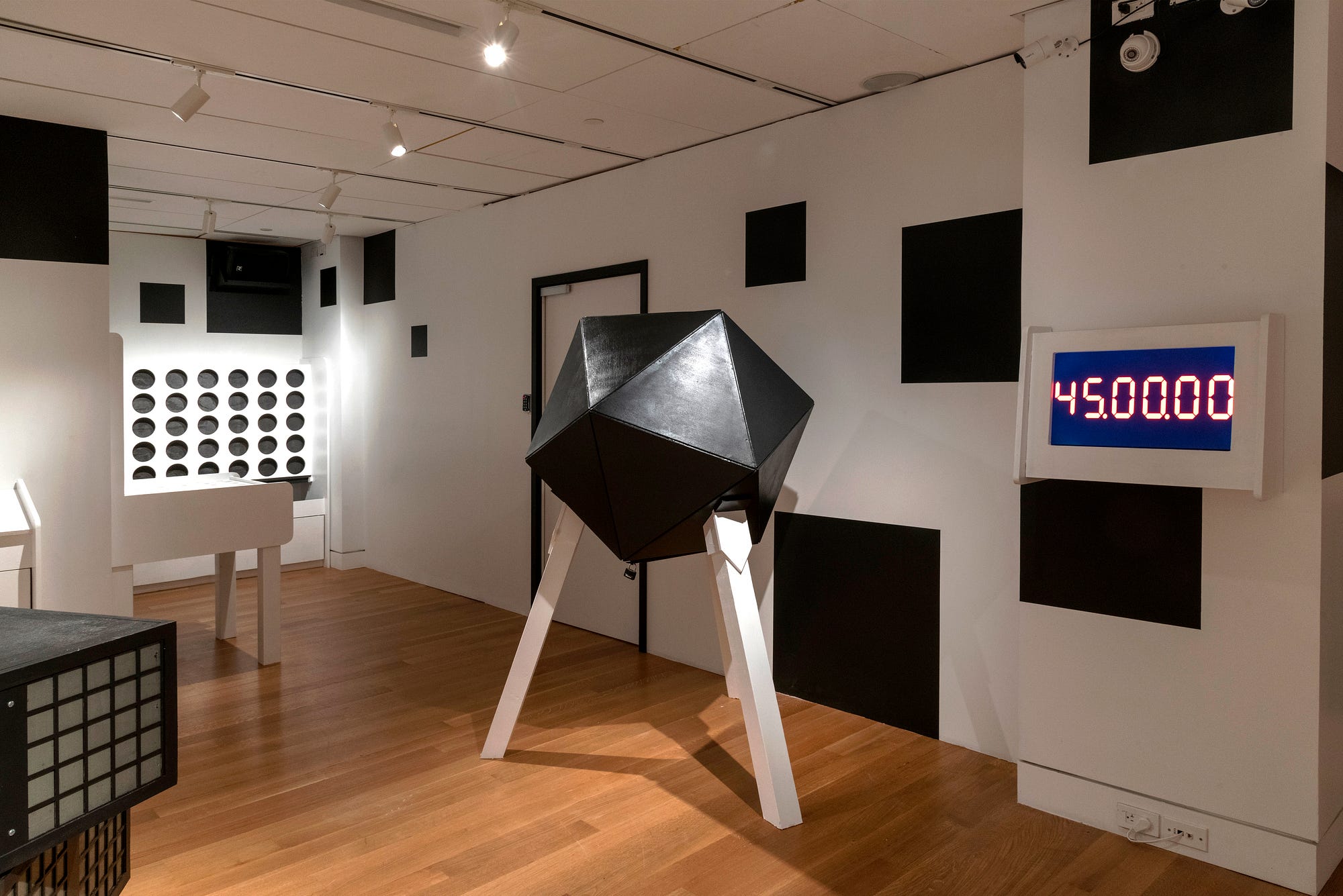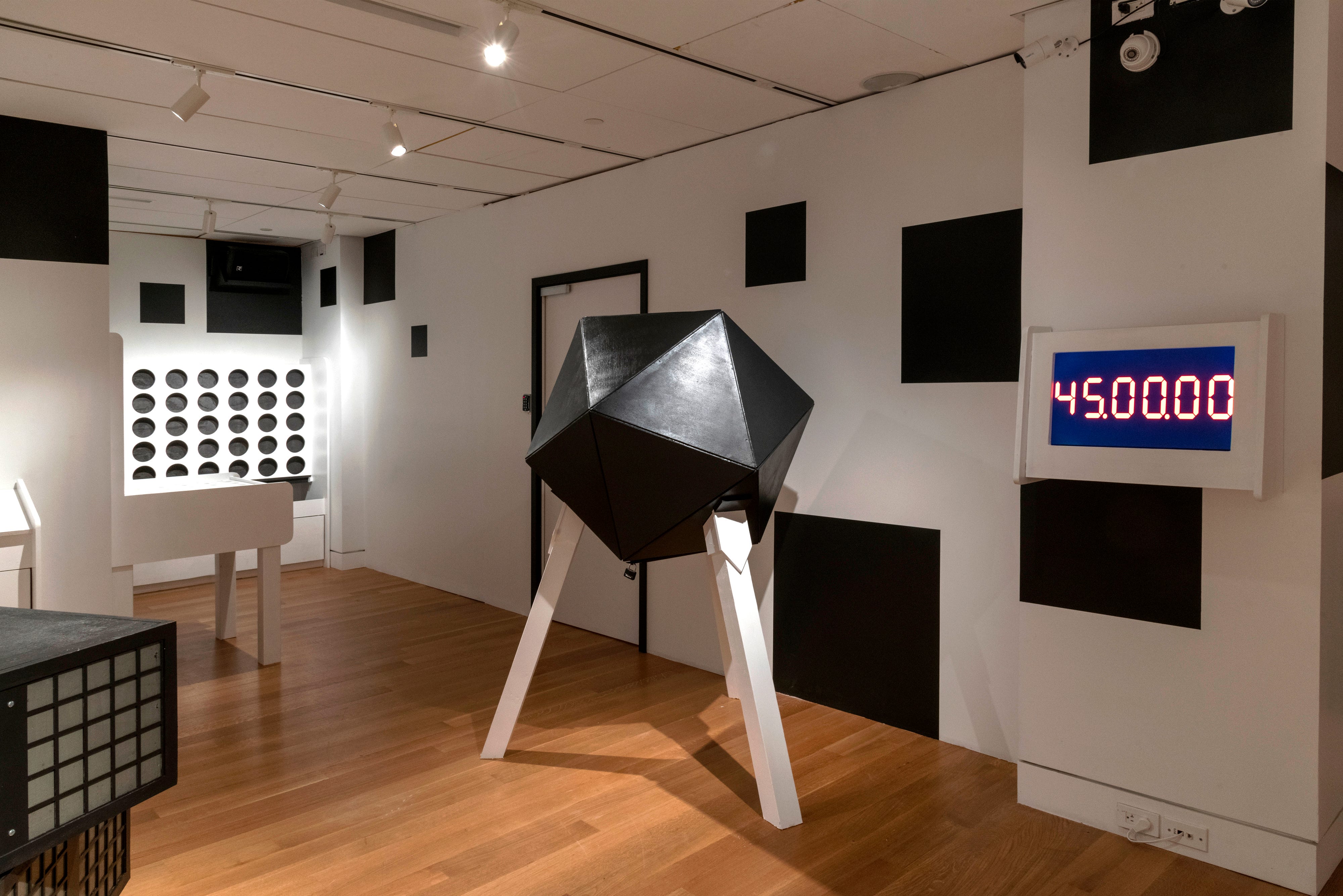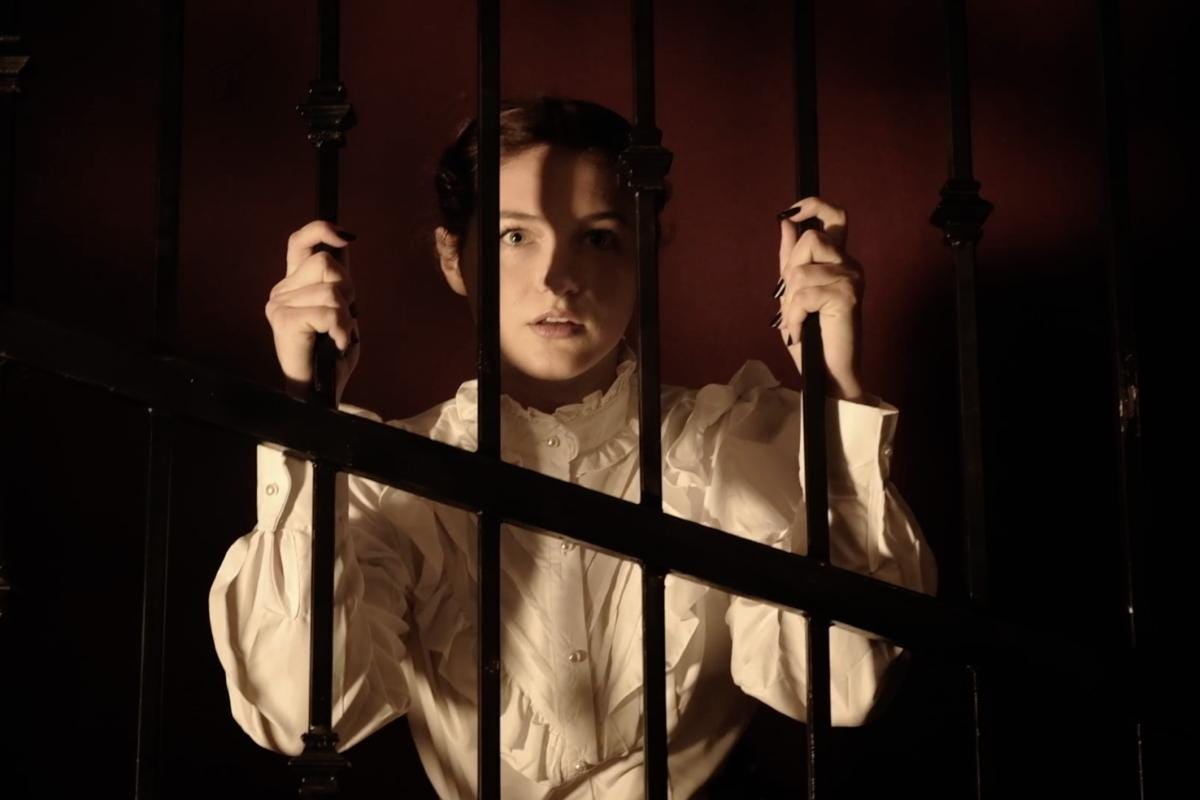
(The following contains information regarding the structure and format of the piece but does not delve into further details.)
UPDATE: The Privilege of Escape will return in September 2019. Free tickets are available now.
We lost. We were given 45 minutes and we lost. We did not pass Go; we did not collect $200.
That is to say: we did not escape the room in time. The game was over.
We left dejected, frustrated, and a little sad. We had tried our best, a group of mostly strangers, and still had not succeeded despite our best efforts.
With my adrenaline still pumping, wishing for another crack at that last, tantalizing puzzle, I sat down next to my friend Theresa. I looked over at our other friends sitting across the aisle from me, who had been assigned into another group.
They looked happy, triumphant, and a little confused. Why hadn’t Theresa and Kathryn’s group escaped the room in time?
And then came: the twist. (Because there’s always a twist.) I won’t say what the twist was, exactly, but I could feel views shifting as I watched shocked reactions ripple across the room. Jaws dropped, foreheads were smacked, palms slapped cheeks, Scream-style.
And that, my friends, is what makes Privilege of Escape, not only thought-provoking and compelling, but one of the cleverest pieces of art I’ve witnessed. The entire experience is well-executed from start to finish and — as is table stakes for any escape room — just really fun to play.
Get Kathryn Yu’s stories in your inbox
Join Medium for free to get updates from this writer.
SubscribeSubscribe
Upon arriving at The Privilege of Escape, guests find themselves cast as test subjects in a study conducted by a mysterious organization known only as “The Institute.” Proctors in white lab coats check you in, ask you to sign waivers, and give the standard rules spiel. In the subsequent “experiment” (the escape room), two separate groups race against the clock to solve a series of puzzles using their wits, their observation skills, and whatever clues they can find in the room, much like any other typical escape room.
Per artist request, I will not mention how to solve the specific puzzles in Privilege of Escape, or exactly describe the unique rules created for each group of players; I’ll also be vague regarding the the project’s debrief and my hope is that your conclusions after experiencing the work are not colored by mine — at least, not overly so.
I will say that Privilege of Escape subverts the format of the escape room not by changing the core mechanics of the form and not by jamming preachy themes into the puzzles themselves, but rather, by wrapping something that looks like a “typical escape room” in a new, unexpected framework. At its core, it is a very good escape room using mechanics familiar to anyone who’s played one before. Arranging items in a sequence. Following patterns. Deciphering symbols. Getting hints. Trying different combinations. What gets overlaid upon these tropes is where the true magic happens.
And so, if you zoom out a level or two, and examine the full Privilege of Escape experience through the lens of who has advantages and who doesn’t, the shape of the work takes on additional layers of meaning: that that game of life is indeed rigged, that not everyone has access to the same resources nor knowledge of those resources even existing, that ignorance of one’s own privilege can happen all too easily under the guide of “normality,” and that “fairness” is always relative. Most importantly, it got me thinking about how acknowledging your own privilege or lack of privilege does not negate hard work or skill… but it does force you to examine it in a different light. You can be privileged and work hard for your success; the two are not mutually exclusive — you can have both. (My team lost, but somehow I felt even prouder of us after the big reveal.)
Even more powerful is that Privilege of Escape is a project from arts organization Creative Time, a juggernaut in the arts scene in NYC. This is the same organization brought to us works like the Duke Riley’s gorgeous Fly By Night where a flock of trained pigeons wearing LED lights flew above crowds at sunset over the water in Brooklyn; the monumental, stunning A Subtlety… by Kara Walker, which included an enormous sculpture of a sphinx made out of of sugar situated at the old Domino Sugar Factory; Pablo Reyes’ wry, enormous, politically-themed haunted house Doomocracy (which pre-saged the 2016 presidential election just a little too well); as well as the breath-taking Tribute in Light, where two shafts of light were beamed into the night sky in the months following the 9/11 attacks and now are shown again every year on its anniversary. And all these works have all been free to attend or view, including Privilege of Escape, making the art as accessible as possible to the public.
So to put Privilege of Escape among these innovative works is making a statement: that this kind of immersive, embodied entertainment can be art; and can be art which does not necessarily live in a museum or gallery (though Privilege of Escape would do well in those venues, as well). Too often fine art feels static, protected, and impermeable. This is a statement that art can be game-like. That it can be something that you can touch and interact with, something tactile with pieces you can hold in your hands. It can make a statement. It can provoke thought. It can transcend boundaries. It can interrogate the issues of our time.
It can challenge you to think differently about your own perspective.
And that an escape room can belong and does belong on the cutting edge of the art world.
The Privilege of Escape continues through August 11 in Midtown Manhattan. Tickets are currently fully committed; keep an eye on Creative Time’s social feeds for additional availability.
UPDATE: The Privilege of Escape will return in September 2019. Free tickets are available now.
NoPro is a labor of love made possible by our generous Patreon backers. Join them today!
In addition to the No Proscenium web site, our podcast, and our newsletters, you can find NoPro on Twitter, Facebook, YouTube, Instagram, in the Facebook community Everything Immersive, and on our Slack forum.
Office facilities provided by Thymele Arts, in Los Angeles, CA.















Discussion